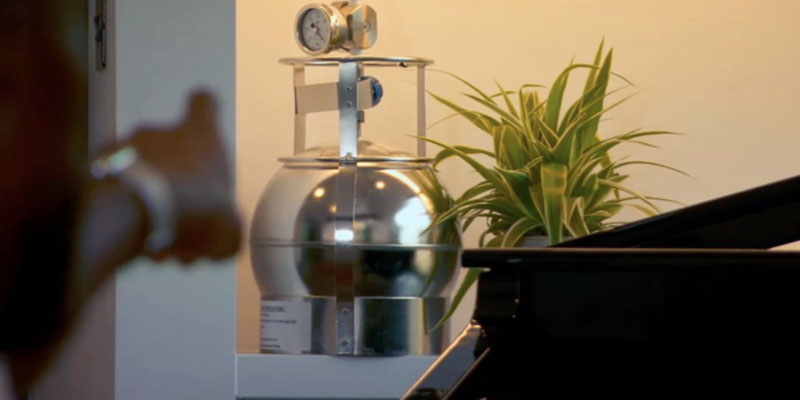
Indoor air pollution
Are we ignoring a silent killer in our homes? Researchers at WACL are developing new methods and technologies to detect pollutants in indoor environments and to estimate the risks from exposure.
The air we breathe is an essential component of the human life cycle. Over the last 40 years, there has been much study of the impact of human activities on the quality of outside air.
The challenge
It is now well known that dangerous pollutants, such as particles and ozone, lead to respiratory problems, cardiovascular disease and increased mortality. However, in the UK most individuals spend 80-90 per cent of their time indoors so are exposed to indoor air to a much greater extent than outdoor air.
Often the people most at risk from the adverse effects of poor indoor air quality spend even more time indoors, such as the very young, the elderly and those with existing health conditions.
Often the levels of pollutants can be significantly increased indoors, with important species including:
- Combustion products such as carbon monoxide, particles and tobacco smoke; from cooking, candles, solid fuel burning
- Biological substances such as moulds, pesticides, lead, ozone
- A complex mixture of volatile organic compounds from a variety of sources including cleaning products, personal care products and fragrances.
The risk of exposure
Exposure can occur through inhalation, ingestion of contaminated house dust and from dermal exposure through contact with indoor surfaces. The exposure route is an important feature of estimating the potential health risks. For instance, ingestion of house dust is relatively more important for toddlers than adults as they spend more time close to the floor, they put objects and their hands into their mouths and have less well developed immune systems. Therefore measurements need to cover a wide range of chemical functionalities and sample types.
The need to raise awareness
There are many studies of specific pollutants in indoor environments such as the home or workplace; however, the low levels of understanding of the complexity of indoor air quality (IAQ) is in part leading to a lack of visibility of the detrimental impacts to human health, both to the public and the regulatory authorities.
Only three per cent of local authorities in the UK have an IAQ policy. As a society we are warned when pollution levels outside are high and we are educated on steps to reduce our personal exposure. But we may be ignoring a much larger risk in our own homes.
Contact us
Jenny Hudson-Bell
WACL Research Administrator
wacl@york.ac.uk
+44 (0)1904 322609
Wolfson Atmospheric Chemistry Laboratories,
Department of Chemistry,
University of York,
Heslington,
York YO10 5DD,
United Kingdom.
@@AtmosChemYork
Contact us
Jenny Hudson-Bell
WACL Research Administrator
wacl@york.ac.uk
+44 (0)1904 322609
Wolfson Atmospheric Chemistry Laboratories,
Department of Chemistry,
University of York,
Heslington,
York YO10 5DD,
United Kingdom.
@@AtmosChemYork